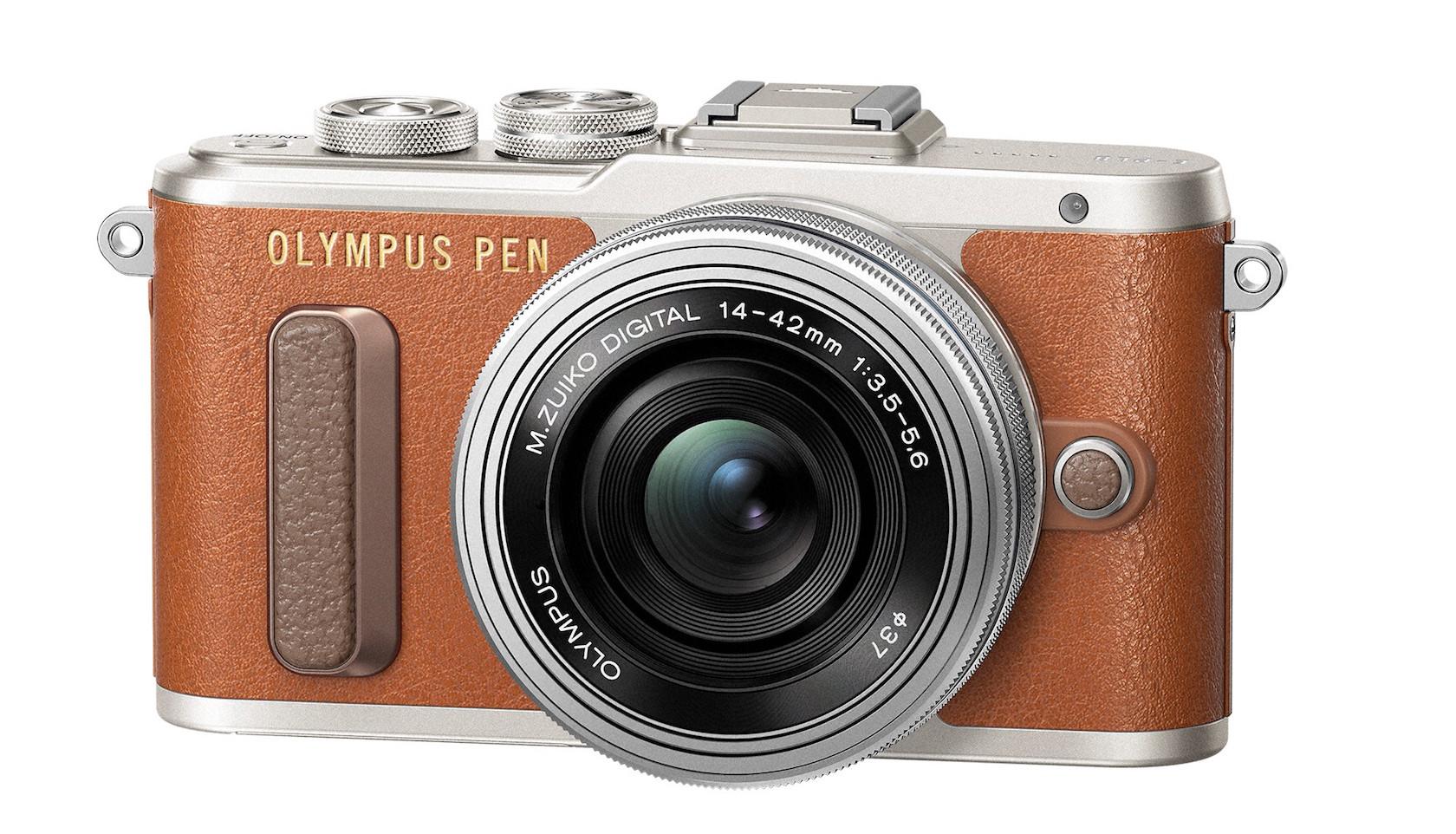

You have the option of four slower continuous shooting frame rates (1, 2, 3 and 4), although its default setting of 3.5 fps is necessary for the image stabilization system to work. With a highlight range of approximately 2 to 3 EV, the OM-D E-M5 outperforms the equivalent Panasonic G3 and matches many of the Sony NEX camera models of that time period.įinding a camera of this size that can capture a burst of 9 frames in RAW is an added bonus, despite the fact autofocus is static on the first frame and live view shows a previously captured image. The combination of a 16MP Four Third sensor and Olympus’ newest processor at the time, the TruePic VI, proved to give the OM-D E-M5 better dynamic range and less noise and produce excellent JPEG quality. First, because too many of the four-way controllers on its Four Thirds competitors were less than stellar and the dials put the control of most shooting functions where they can be easily reached when your hand is wrapped around the grip. Not to be overlooked are the two control dials on the top of the body.
OLYMPUS CAMERA RETRO LOOK PORTABLE
At 4.8” x 3.5” x 1.69” (122mm x 89mm x 43mm) and just less than a pound (425g), the OM-D E-M5 camera is as portable as any Four Thirds model, but feels like a substantial camera and fits in the hand very comfortably and securely.

The OM-D E-M5 has plenty of weather sealing throughout the magnesium alloy body, as found in the E-5 DSLR more features than the mirrorless, interchangeable lens E-P3 and the similarly small footprint of the OM04Ti. What photographers also discovered was that the Olympus OM-D E-M5 was an amalgamation of what Olympus had been doing right with many of its cameras. Many photographers mistaken it for a simple updating of the well established OM models, but soon learned that that wasn't the case, as the OM-D models were developed to be a standalone line of cameras. What the Olympus OM-D E-M5 camera offered many photographers when it was introduced during early 2012 was an elegant merging of the nostalgia of the rangefinder camera design and the latest Four Thirds technology.


 0 kommentar(er)
0 kommentar(er)
